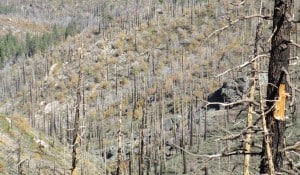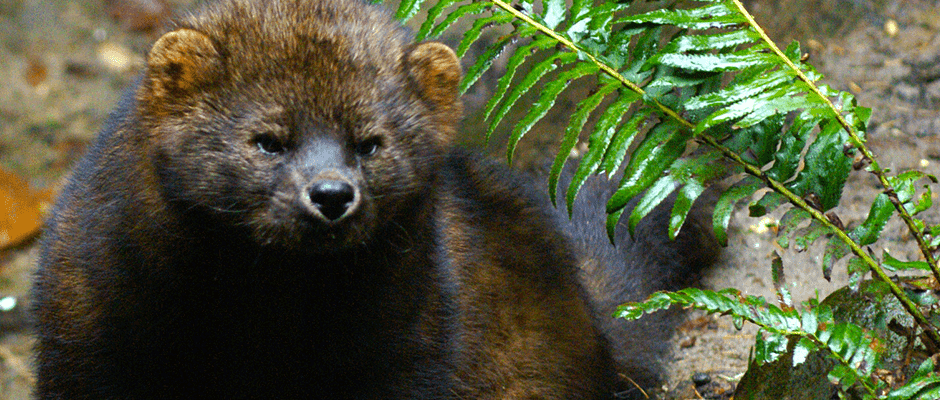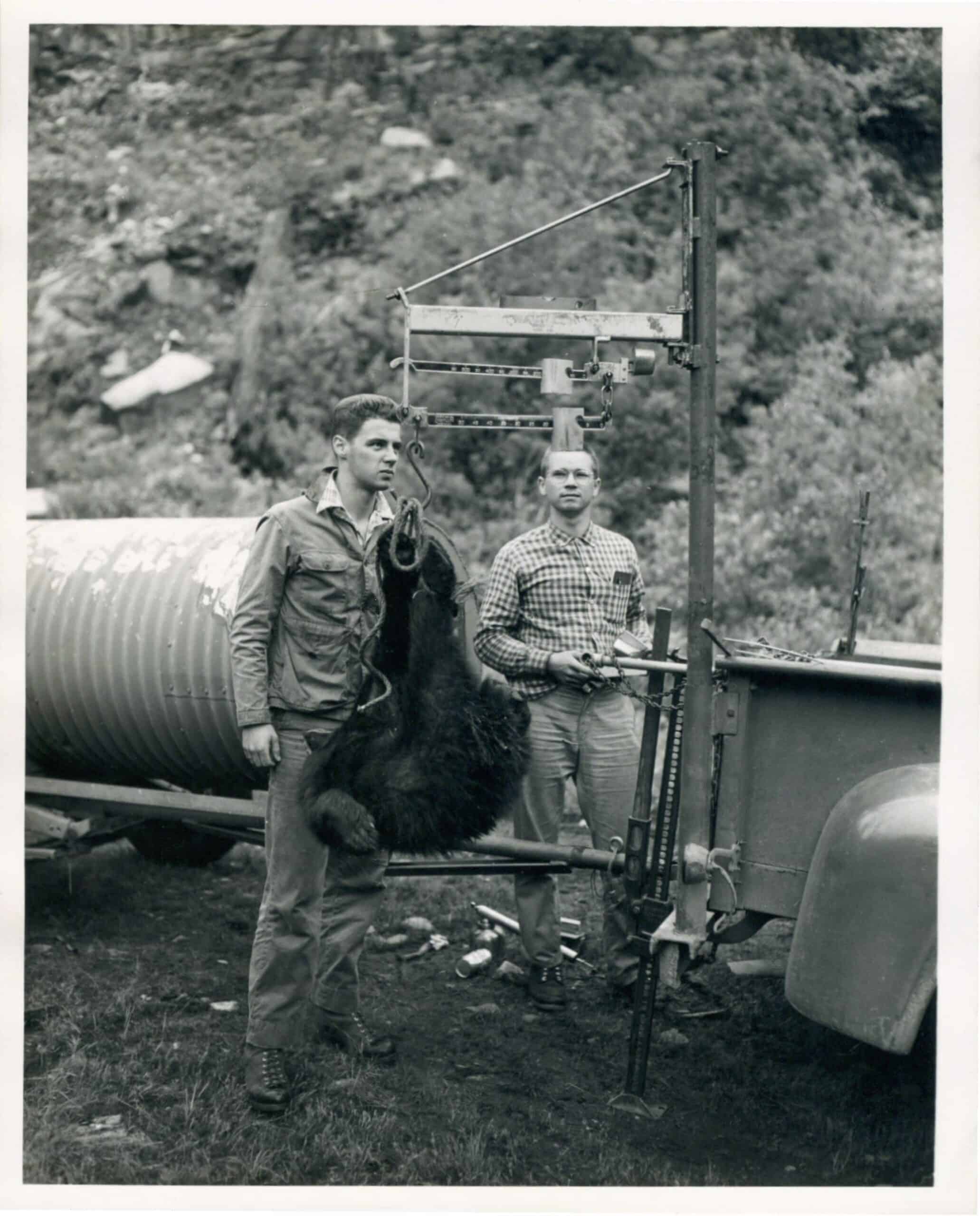Share this article
Pacific Fishers Fare Well in Burned Forest Habitats in California
A small mammal population currently under consideration for federal protection may take advantage of foraging opportunities presented after forest fires burn dense tree areas.
“Basically what we found was that fishers were very actively using the McNally fire area,” said Chad Hanson, the author of a study published recently in Wildlife Society Bulletin. Hanson is a staff ecologist with the John Muir Project at the Earth Island Institute, a nonprofit forest research and conservation organization.
Pacific fishers (Pekania pennanti) are a rare small mammal that has populations considered candidates for listing under the federal Endangered Species Act. Using dogs trained to detect fisher scat, Hanson examined the habitat use of a rugged, unlogged area in the Kern Plateau in the southern Sierra Nevada Mountains in California in 2012 and 2013. The study looked for scat frequency in areas burned in 2002 by the McNally Fire as well as adjacent untouched lands. He found that the fishers — females in particular — were making extensive use of so-called snag forest areas, which are areas with many standing dead burnt trees and lower shrubs and bushes.

A scat detection occurred in the lower center of this image of snag forest in the area of the McNally Fire. Image Credit: Chad Hanson
Previous studies have shown that the fishers, part of the same family as weasels, prefer to make their dens in thickly forested old growth areas, Hansen said.
But the new study showed fisher scat not just on the edges of the burn areas, but hundreds of yards into them. Hanson said the fishers may be using the snag forests for foraging, since they basically make really good habitat for the small mammals that are their prey.
“What this research is indicating is that it’s the juxtaposition of those two things that may be important for fisher recovery,” he said of old growth dense forest and snag forest areas. “We call this the bed and breakfast effect.”
Hanson said that the next stage is to look at areas that have been logged after being burned, but his research already indicates trends that the fishers won’t use these areas as much since he noticed that less densely forested areas — burned or unburned — didn’t turn up as much fisher scat.
He believes these findings could have implications for fire management as it applies to fisher conservation and recovery, particularly in the practices of post-fire logging and in forest thinning to reduce the danger of fires occurring.
“It’s acknowledged that [forest thinning and post-fire logging] isn’t good for fishers but it’s believed to be the lesser of two evils to save fisher [habitat] from fire,” he said. “I’m finding that that’s not the case at all. Fishers are certainly using the forest that is burned.”
Header Image: Image Credit: Pacific Southwest Region USFWS, licensed by cc 2.0








